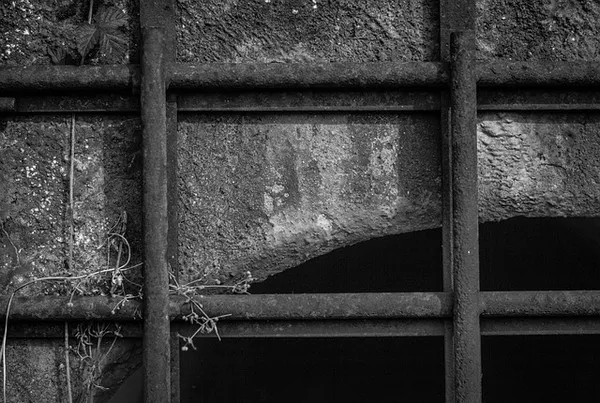Sewer systems play a critical role in modern urban infrastructure, efficiently carrying waste and wastewater away from homes, businesses, and public spaces to treatment facilities. However, like any man-made system, sewer lines are susceptible to wear and damage, and a broken sewer line can have severe consequences on public health, the environment, and the overall community. In this article, we will delve into the various effects of a broken sewer line and the actions required for mitigation.
Public Health Concerns
When a sewer line breaks, it poses significant risks to public health. The sewage released contains harmful pathogens and bacteria, including E. coli and other disease-causing microorganisms. These contaminants can find their way into water sources, such as lakes, rivers, and groundwater, leading to potential outbreaks of waterborne diseases if consumed or exposed to humans.
Moreover, the unpleasant odor emanating from raw sewage can also cause discomfort and nausea for individuals residing near the break. Airborne contaminants may exacerbate respiratory issues in vulnerable populations like children, the elderly, and individuals with pre-existing respiratory conditions.
Environmental Impact
The environmental repercussions of a broken sewer line can be severe. The sewage released into natural water bodies disrupts the delicate ecological balance, depleting oxygen levels and leading to fish kills and the death of other aquatic life. Nutrient-rich sewage can also contribute to excessive algal growth, leading to eutrophication and further harming aquatic ecosystems.
Furthermore, when sewage permeates the soil, it can contaminate groundwater, which is a vital source of drinking water for many communities. The presence of pollutants in groundwater can render it unfit for human consumption, resulting in the need for costly and time-consuming remediation efforts.
Property Damage
A broken sewer line can cause significant damage to private and public property. The seepage of sewage into the ground can weaken foundations, leading to structural instability in buildings and homes. The moisture and contaminants can also compromise the integrity of roads, sidewalks, and public infrastructure, necessitating expensive repairs and restoration efforts.
Moreover, sewage backups can occur in homes and businesses connected to the affected sewer line. Raw sewage flooding into basements and lower levels of properties not only causes extensive damage to belongings and building materials but also poses health hazards to occupants.
Economic Implications
The financial consequences of a broken sewer line can be substantial. The repair and restoration costs can place a significant burden on local governments and municipalities, diverting funds from other essential projects. Additionally, businesses in the affected area may suffer due to reduced foot traffic, health concerns, and property damage, leading to lost revenue and potential layoffs.
Furthermore, the negative impact on property values in the vicinity of the break can also result in reduced tax revenues for the local government, creating additional budgetary challenges.
Disruption of Services
A broken sewer line often necessitates the closure of roads and streets surrounding the affected area to facilitate repairs and prevent further damage. This can lead to traffic congestion and delays, affecting both commuters and businesses. Emergency repair work may take several days or even weeks, depending on the extent of the damage, further exacerbating the inconvenience to residents and business owners.
Additionally, depending on the scale of the break, sewage services to entire neighborhoods or districts may be disrupted, causing distress to residents who rely on these essential utilities.
Mitigation Measures
To mitigate the impact of a broken sewer line, swift and comprehensive action is essential:
a. Emergency Response:
Immediate response by the local authorities is crucial. Rapid containment and isolation of the broken section can prevent further spillage and contamination.
b. Health and Safety Measures:
Public health officials must issue advisories to warn residents about potential health hazards and recommend precautionary measures. Proper signage and barriers should also be erected around the affected area to keep the public away from danger.
c. Cleanup and Remediation:
Professional cleanup and disinfection services are required to remove sewage and contaminants safely. Affected properties should be thoroughly cleaned, and damaged materials must be properly disposed of to prevent further health risks.
d. Repairs and Restoration:
Expert plumbers and construction crews should be deployed to repair the broken sewer line and restore any damaged infrastructure. This process may involve excavations and may take time depending on the extent of the damage.
e. Communication and Support:
Transparent and timely communication with the community is essential. Providing assistance to affected residents and businesses, such as temporary accommodation or financial aid, can help alleviate some of the immediate burdens.
Conclusion
A broken sewer line is a serious issue with far-reaching consequences for public health, the environment, and the economy. Swift and effective action, from emergency response to cleanup and restoration, is necessary to minimize the impact on affected communities. Furthermore, proactive measures, such as regular inspection and maintenance of sewer lines, can help reduce the likelihood of breaks and ensure the smooth functioning of this vital infrastructure. Municipalities, businesses, and residents must collaborate to create resilient sewer systems that safeguard the well-being of all and protect the environment for generations to come.

